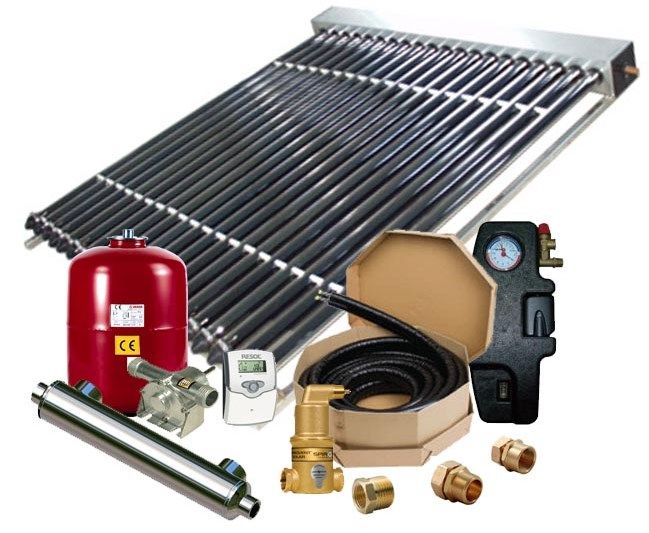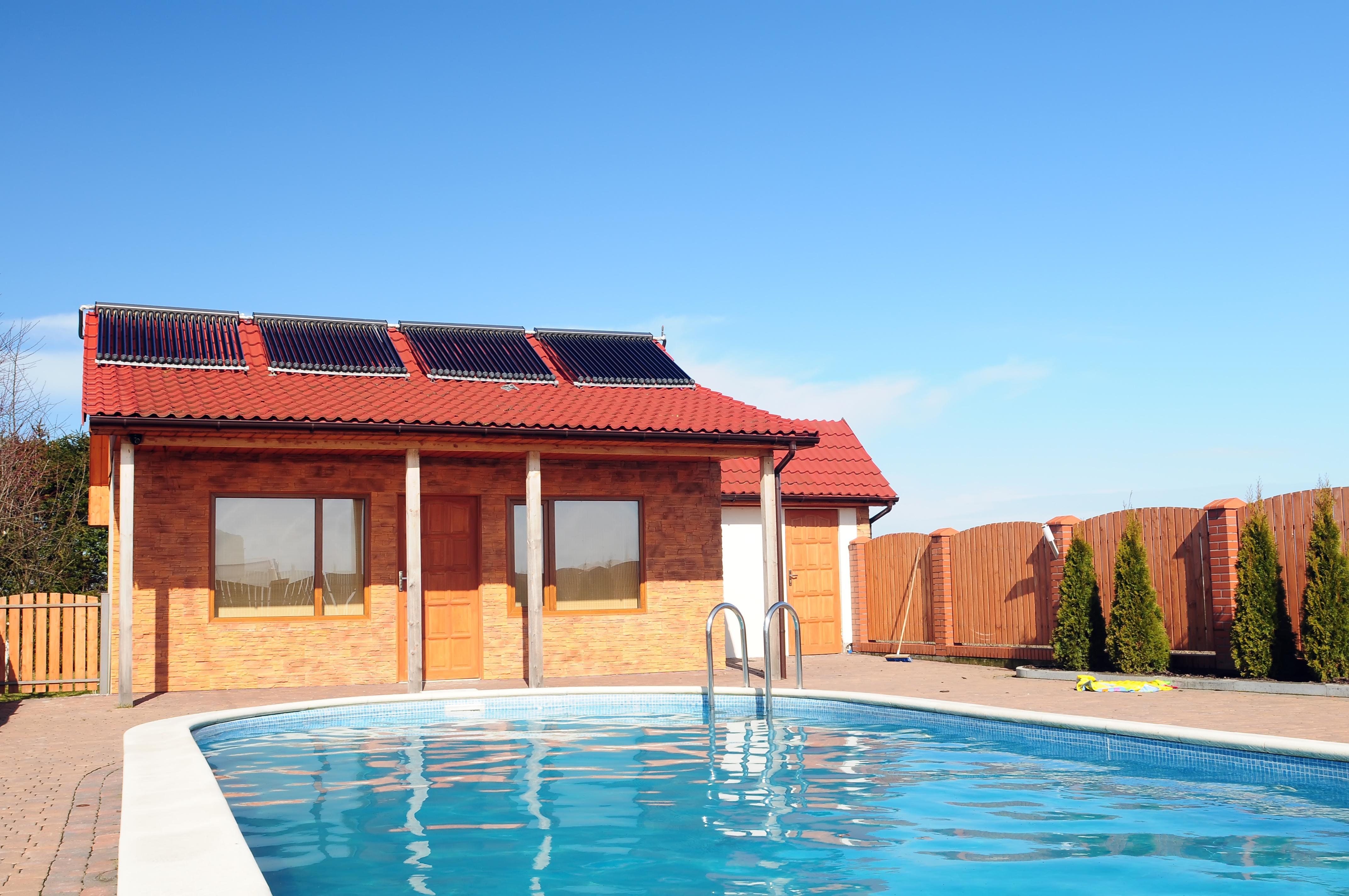When
it comes to investing in solar pool heating systems, most pool owners
have to choose between open loop and closed loop. You might be confused
about the pool heater that works for your setup. Both types of systems
are engineered specifically to the individual requirements of the
customers.
This
way, you will save more on electricity bills and reduce carbon
footprint to a greater extent. With the constant advancement of
technology, people are finding new more efficient ways to use the
natural resources available to use. It’s time to invest in solar pool heaters so that you can transform the heat energy emitted from the sun into something useful for you and your family.

But you should understand the differences between the systems and know the one that works best for you.
Understanding an Open Loop Solar Pool Heater
An
open loop solar pool heater helps in heating water directly from the
pool and is added to the existing loop system. The water will circulate
through the solar collectors in the existing filter and heating loop
during the normal pool operation.
When
the system requires energy for heating the pool, the water flows into
the filter and existing heater. If the solar energy is providing the
required temperature, the secondary backup heater won’t be needed. When
your pool has the required temperature, the system starts bypassing
solar loop to prevent it from overheating.
Advantage –
An open loop solar pool heating system has lower installation costs.
Disadvantages –
- Less reliability
- Less accuracy
- More energy consumption by pool pump
- Not ideal for cloudy or cold weather
- Affected by chemicals or salt water
- Roofs damaged by frequent leaks
Understanding a Closed Loop Solar Pool Heating System

A closed loop solar pool system is generally a pressurized system that separates from the pool loop. It doesn’t use water. Instead, an eco-friendly antifreeze solution that contains water, glycol, and propylene is used in the collectors.
This fluid circulates through the collectors and after that heat transfer is takes place in the pool water through a stainless steel or a titanium heat exchanger. Pool circuits meet up in parallel through the heat exchanger where the collector system transfers solar energy to the existing heater.
The existing heater supplies any extra required energy before going back to the pool. The circulating pump is switched off by taking the system into the “Stagnation” state. The fluid present in the collector converts to steam which the additional expansion tank in the loop absorbs it. This system is commonly used in the colder climates, year-round pools, and indoor solar pool heaters.
Advantages –
- More reliability
- More accuracy
- Smaller circulating pump that uses less energy
- Year-round use in indoor and outdoor
- Easy integration into multiple systems
- Longer life expectancy
- Unaffected by pool chemicals
Disadvantage –
Higher initial cost
Final Consideration –
When
deciding the solar pool heater, you should know what’s best for your
setup. If you want to choose the system that’s the most trustworthy and
uses the advanced solar technology, you should look no further than the
closed loop system. It’s the efficient way of heating a pool that
optimizes your rate of return.
If you want to learn more about solar pool heating systems, feel free to reach out Northern Lights Solar Tubs at +1 (800) 317-9054.

No comments:
Post a Comment